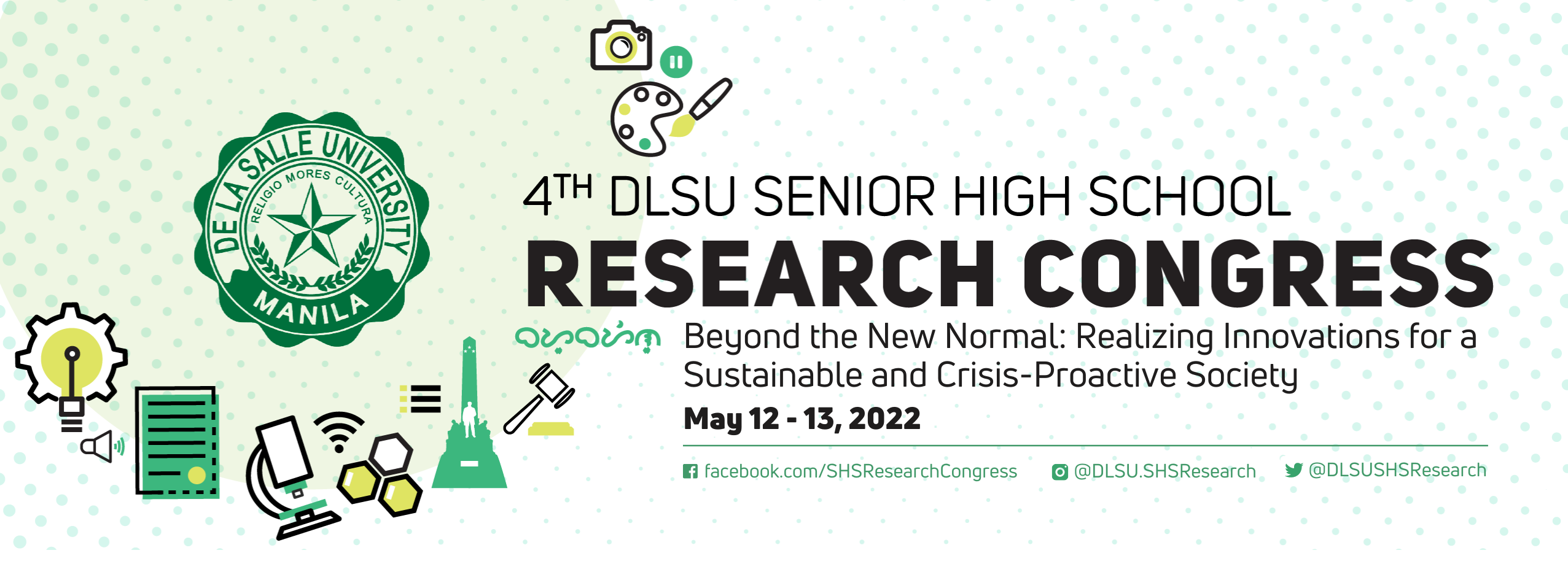Document Types
Paper Presentation
Research Advisor (Last Name, First Name, Middle Initial)
Regina M. Tresvalles
Start Date
12-5-2022 1:00 PM
End Date
12-5-2022 3:00 PM
Abstract/Executive Summary
The Coronavirus disease (COVID-19), a highly contagious fatal viral disease, has infected millions of people and led to substantial losses of human lives worldwide. The Philippines was considered a COVID-19 high-risk country because of the numerous surges, especially in the National Capital Region (NCR) and nearby provinces (‘NCR Plus’ bubble). In line with the UN Sustainable Development Goal 3 on health and well-being, this research was conducted to identify the significant correlates of COVID-19 relative risks and cases in the Philippines in 2020 and 2021, using multiple linear regression model, negative binomial regression model, and principal component analysis. It also visualized the spatial distribution of COVID-19 relative risks across provinces and NCR cities and analyzed the clustering of high-risk areas using spatial mapping. Results show that the significant correlates of COVID-19 relative risks under multiple linear regression model include healthcare-related factors such as health workers, health centers, and testing laboratories; population-related factors such as seniors, males, newborn babies, unemployed, revenues, barangays, and municipalities; disease-related factors such as bronchitis, breast cancer, and pneumonia; and environment-related factors such as air quality index and wind speed. Negative binomial regression model was used due to overdispersed data, and the identified significant factors of COVID-19 cases are testing laboratories, seniors, municipalities, wind speed, relative humidity, lifestyle related diseases, hypertension, tuberculosis, hospital beds, and air quality index. Spatial maps showed clustering of COVID-19 high-risk areas in ‘NCR Plus’, Benguet and Northern provinces.
Keywords
COVID-19; regression models; spatial mapping; provincial risk; clustering
Research Theme (for Paper Presentation and Poster Presentation submissions only)
Food, Nutrition, and Health (FNH)
Assessing and Mapping of Provincial Risks of COVID-19 using Regression-Based Significant Factors in the Philippines
The Coronavirus disease (COVID-19), a highly contagious fatal viral disease, has infected millions of people and led to substantial losses of human lives worldwide. The Philippines was considered a COVID-19 high-risk country because of the numerous surges, especially in the National Capital Region (NCR) and nearby provinces (‘NCR Plus’ bubble). In line with the UN Sustainable Development Goal 3 on health and well-being, this research was conducted to identify the significant correlates of COVID-19 relative risks and cases in the Philippines in 2020 and 2021, using multiple linear regression model, negative binomial regression model, and principal component analysis. It also visualized the spatial distribution of COVID-19 relative risks across provinces and NCR cities and analyzed the clustering of high-risk areas using spatial mapping. Results show that the significant correlates of COVID-19 relative risks under multiple linear regression model include healthcare-related factors such as health workers, health centers, and testing laboratories; population-related factors such as seniors, males, newborn babies, unemployed, revenues, barangays, and municipalities; disease-related factors such as bronchitis, breast cancer, and pneumonia; and environment-related factors such as air quality index and wind speed. Negative binomial regression model was used due to overdispersed data, and the identified significant factors of COVID-19 cases are testing laboratories, seniors, municipalities, wind speed, relative humidity, lifestyle related diseases, hypertension, tuberculosis, hospital beds, and air quality index. Spatial maps showed clustering of COVID-19 high-risk areas in ‘NCR Plus’, Benguet and Northern provinces.


